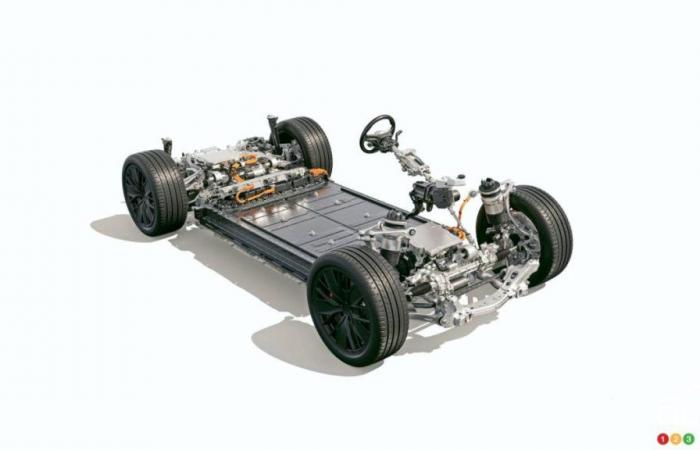• Saskatchewan wants to become a major player in the supply of rare earth materials.
As of this writing, experts say China controls 95% of global production and supply of rare earth metals. This quasi-monopoly allows it to dictate prices and create uncertainty for users by controlling exports.
Saskatchewan wants to have its say and it even wants to compete with China.
Rare earths
But what do we mean by rare earths, exactly? Simply put, the term “rare earths” refers to a group of 17 chemical elements in the periodic table whose use is essential with many new modern products, such as cell phones and batteries found in electric vehicles .
Despite the term used, there is no question of the rarity of these elements. The problem is that they are difficult to extract and separate due to their dispersion in the Earth’s crust. In other words, they are not concentrated in the soil. Consequently, extraction is expensive.
For its part, Saskatchewan wants to compete with China to become the first North American commercial source of replacement for these metals, used among other things to manufacture magnets for electric vehicles.
With its future rare earth processing center, the Saskatchewan Research Council (SRC) is betting on an increase in demand for these magnets over the next two years, due to demand from manufacturers original equipment manufacturers such as automobile manufacturers.
The province, home to copper, potash and uranium mines, is known for its mining capabilities.
And as Automotive News reports, last year, China imposed export controls on certain essential metals such as germanium, gallium and antimony, forcing Western governments to look for alternatives. alternative solutions.
SRC’s rare earth processing facility has begun production on a commercial scale and plans to achieve a production target of 40 tonnes of rare earth metals per month by the end of the year. It will also produce 400 tonnes of NdPr metals (neodymium and praseodymium, the primary ingredients for the manufacture of the most powerful magnets today, including those found in electric vehicles) per year, which is enough to produce 500,000 vehicles electrical, according to the SRC. The factory has already reached agreements with potential customers in South Korea, Japan and the United States.
The price of rare earth metals such as neodymium and praseodymium fluctuates between US$65,000 and US$75,000 per tonne, a price determined by the Chinese government.
“Our goal is to remain competitive within the Asian Metal Price Index. We are constantly looking to optimize our facilities using artificial intelligence applications that would help maintain the efficiency of our processes,” says Muhammad Imran, Vice President of SRC.
Automotive News also explains that some miners have demanded a higher price for metals produced outside China, arguing that Chinese metals are produced with low environmental and social standards.
This file will be one to watch, because if Saskatchewan achieves its objectives, it will become a very important player for the future in terms of electrification.
Original content from auto123.






